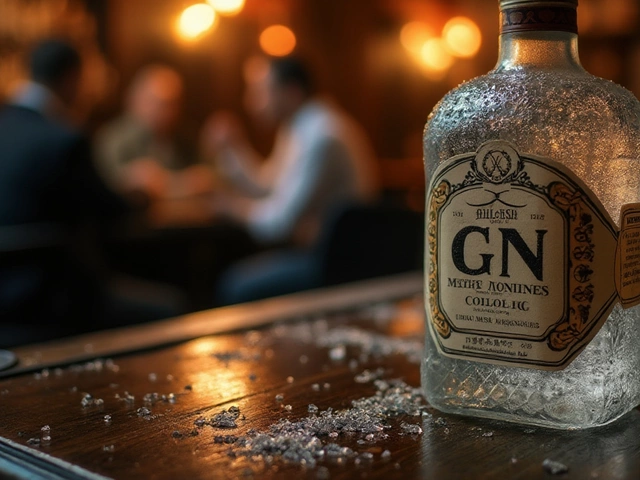Alcohol Detection: Tools, Safety Tips, and Why It Matters
Whether you’re sipping a glass at a tasting event or grabbing a quick drink after work, knowing how much alcohol is in your system can save you from a bad night or a legal headache. The right detection method gives you confidence, helps you stay within safe limits, and lets you enjoy drinks without the guesswork.
Common Tools for Checking Alcohol Levels
Most people start with a handheld breathalyzer. Modern models are small, cheap, and give a readout in minutes. Just blow into the mouthpiece and the device shows your blood alcohol content (BAC) as a percentage. If you prefer something you can carry in your pocket, there are smartphone attachments that plug into your audio jack or USB‑C port and use an app to calculate BAC.
Home testing kits are another option. These kits use a small chemical strip that changes color when it contacts a breath sample. They’re less precise than digital breathalyzers but work well for a quick sanity check before you head out.
For the ultra‑curious, wearable sensors can track alcohol through sweat. They’re still a niche product, but a few brands now offer wrist‑worn devices that sync with your phone and give real‑time BAC trends.
Practical Tips for Safe Drinking
Know the legal limit in your country – in the UK it’s 0.08% BAC for drivers. If your breathalyzer shows anything near that number, it’s time to stop drinking or switch to a non‑alcoholic option. A good rule of thumb is one standard drink per hour; that’s roughly a 125ml glass of wine, a 330ml beer, or a 25ml shot of spirit.
Before you go to a wine tasting, hydrate and eat a solid snack. Plain carbs or a cheese board helps slow absorption and keeps your palate ready for the next swirl. If you’re the designated driver, use a breathalyzer right after the first round – it’s the quickest way to confirm you’re still under the limit.
When you’re at home, set a timer after each drink. This gives your body a chance to metabolize the alcohol and keeps your BAC from piling up too fast. Pair the timer with a non‑alcoholic mocktail to stay refreshed without adding extra alcohol.
Our site covers many of these topics in detail. Check out the article “Is It Safe to Drive After Wine Tasting?” for a deep look at the risks, and read “Best Healthy Mocktails” if you want tasty alternatives that keep the buzz at bay. We also explore the science behind why waiters pour a little wine first, which ties directly into how you can manage alcohol levels during a meal.
Bottom line: a quick breath test, a solid snack, and a clear plan for when to stop are the easiest ways to stay in control. Use the tools that fit your lifestyle, respect legal limits, and you’ll enjoy every glass without the worry.
Ever wondered if just a small sip of alcohol can show up on a urine test? This article breaks down what happens in your body after a tiny taste of booze and how urine tests actually pick up traces of alcohol. You'll get facts about detection windows, the science behind how tests work, and some helpful advice if you're avoiding alcohol but still want to enjoy non-alcoholic drinks. Clear up the confusion with real answers, not myths.
View Details

